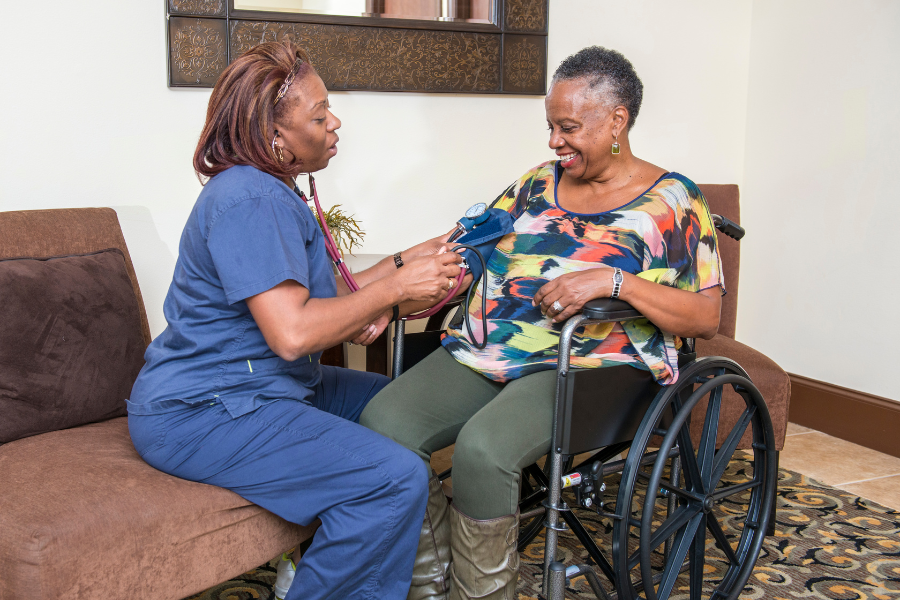
In its April 18 edition, the Rochester Post-Bulletin shared a commentary piece from Dr. Jakub Tolar, dean of the Medical School and vice president for clinical affairs, in which Tolar emphasizes for readers, in particular those in rural communities, the outsized role the U of M serves in training Minnesota’s health care professionals, and how this will become increasingly important in the years ahead.
Tolar asserts that whether a person lives in a large metropolitan area or a smaller rural community, Minnesota consistently presents a high quality of life to the state’s residents, but that when it comes to accessing quality health care, that experience is significantly less consistent. The number of people per primary care physician, pharmacist, dentist or any health care professional imaginable, grows significantly in rural Minnesota. That adds up to less access to health care for each person.
It’s the University’s mission, Tolar emphasizes, that positions the U of M to train a health care workforce capable of keeping Minnesota as healthy as possible. Already today, the University of Minnesota educates 70% of the state’s physicians, 73% of dentists, 60% of pharmacists and 69% of public health professionals, as well as offering the state’s only Ph.D. program for nursing. This is happening at the Duluth campus, where the U of M Medical School and College of Pharmacy have long operated campuses, at the Rochester campus, where nearly every graduate moves into the health care field, and at any of the more than 3,000 clinical training sites where the U of M partners to provide care.
In addition to the U of M’s commitment to training a rural health care workforce for Minnesota, which is further reflected in a proposed affiliation with CentraCare to establish a new Medical School campus in St. Cloud, the University is also closing care gaps through innovative mobile and telehealth initiatives. Tolar provided three specific examples in his commentary piece: a first-of-its-kind ECMO vehicle equipped to treat cardiac arrest patients off-site and in transit to the hospital; telemedicine programs that allow physicians to work virtually, 24/7, with patients in any location at a time when rural Minnesota counties continue to lose health care services; and the UCare Mobile Dental Clinic.
Tolar closes by reiterating that “while many regional health systems look to bridge the gap between rural and urban health care access, the University of Minnesota is committed to increasing access in every part of the state.” He closes by reinforcing that continued investment in the U of M, and specifically for the U of M’s health care vision, is “a proven and effective investment for building a healthy Minnesota.”
- Categories:
- Health




